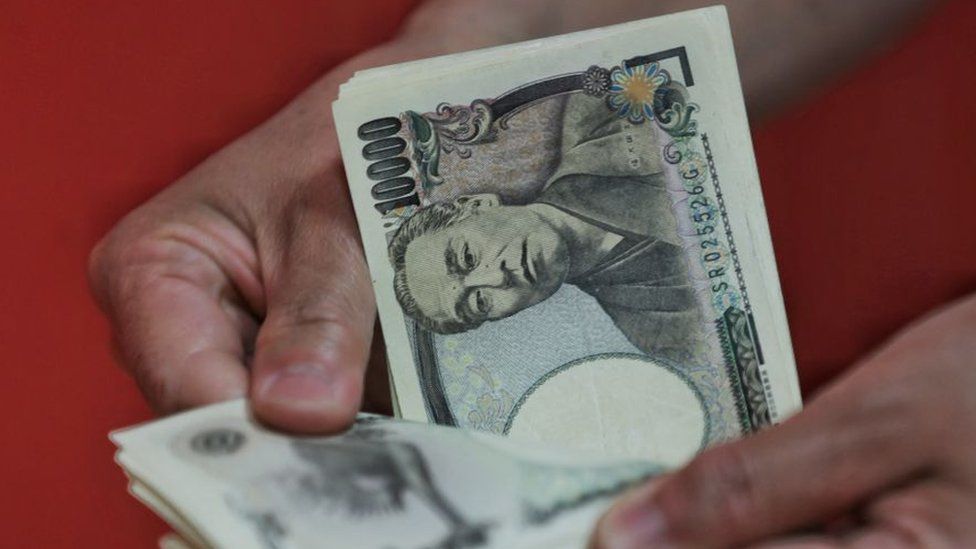
Japanese Yen In the world of currency trading, the Japanese Yen has recently sprung back to life, making a remarkable recovery from its 11-month low. This resurgence came on the heels of a weakening US Dollar, spurred by the Federal Reserve’s strong indications of another interest rate hike later this year. Let’s delve into the factors and implications of this intriguing development in the foreign exchange market.
The Fall of the Dollar and the Rise of Japanese Yen
The recent downtrend in the Dollar’s value can be attributed to the Federal Reserve’s hawkish stance. As the central bank hinted at the possibility of increasing interest rates, it led to a boost in US Treasury yields. This surge in yields, in turn, elevated the Dollar’s standing compared to other major currencies.
Bank of Japan’s Monetary Policy
Another significant factor contributing to the Yen’s rebound is the Bank of Japan’s recent monetary policy decision. The central bank chose to maintain interest rates at record lows, affirming its commitment to supporting the economy until inflation reaches the targeted 2%. This decision, coupled with the absence of any signs of unwinding ultra-easy monetary policies, has exerted downward pressure on the Yen.
Dangerously Close to 150
As of the latest data, the USD/JPY currency pair was trading at 148.97, reaching its highest point since October 2022. This upward trajectory has put the Yen in a precarious position, teetering close to the psychologically significant threshold of 150. Japanese authorities are closely monitoring this situation, and if the Yen approaches this level, they might intervene directly in the currency markets to strengthen the Yen.
Japanese Yen Policy Gap Woes
The Yen’s recent struggles can be largely attributed to the widening policy gap between US Treasury yields and Japanese government yields. This gap, particularly evident in the 10-year government bonds of both countries, surged to a substantial 382 basis points on a recent Monday. Such a divergence in yields has put immense pressure on the Yen’s exchange rate.
Conclusion
In conclusion, the Japanese Yen’s resurgence from an 11-month low is a complex interplay of global economic factors. The Dollar’s decline and the Federal Reserve’s hawkish stance have played a pivotal role. Simultaneously, the Bank of Japan’s cautious monetary policy approach has further bolstered the Yen’s position. However, the Yen’s journey ahead remains uncertain, hinging on the delicate balance of interest rates and economic policies.
FAQs
1. Why did the Japanese Yen reach an 11-month low?
The Japanese Yen reached this low due to a combination of factors, including a strengthening US Dollar and the Bank of Japan’s commitment to maintaining record-low interest rates.
2. What is the significance of the 150 level for the Yen?
The 150 level is significant because it represents a threshold at which Japanese authorities may intervene in currency markets to prevent further Yen depreciation.
3. How has the Federal Reserve’s stance affected the Yen’s value?
The Federal Reserve’s hawkish stance, with hints of interest rate hikes, has led to a decline in the US Dollar, indirectly contributing to the Yen’s rebound.
4. What is the policy gap between US and Japanese government yields?
The policy gap refers to the difference in yields between US Treasury bonds and Japanese government bonds. It widened significantly, putting pressure on the Yen.
5. What should investors watch for regarding the Japanese Yen’s future movements?
Investors should closely monitor central bank policies, especially any hints of changes in interest rates, as well as global economic developments, as these factors can significantly impact the Yen’s value.
